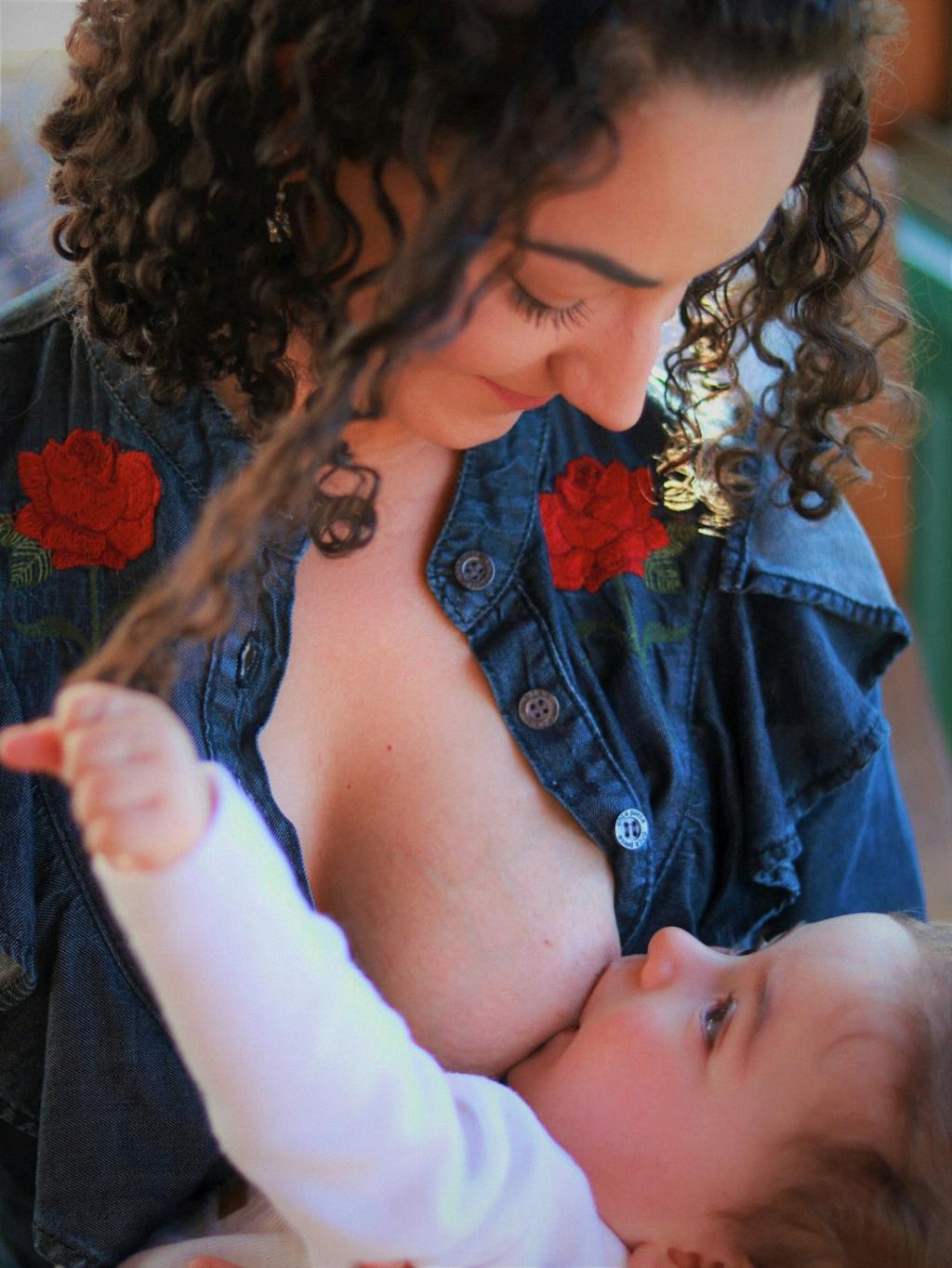When it comes to breastfeeding, it’s not uncommon for new mothers to encounter various challenges along the way. One common issue that some may face is the presence of a hard lump or plug in the breast. This can be a concerning and uncomfortable experience, but it’s important to understand why this may occur and how to address it effectively.
Plugged Ducts and Milk Production
The glands in your breasts responsible for producing milk are intricate structures that can sometimes experience disruptions in the milk flow. Plugged ducts occur when the milk ducts become blocked, leading to a build-up of milk within the gland. This can result in the formation of a firm or hard lump in the breast, often accompanied by tenderness or pain.
Causes of Plugged Ducts
There are several factors that can contribute to the development of plugged ducts during breastfeeding. Improper latching or positioning during nursing sessions can prevent the adequate drainage of milk from the breasts, increasing the risk of duct blockages. Engorgement, infrequent feedings, or wearing tight clothing that puts pressure on the breasts can also play a role in this issue.
Importance of Proper Breastfeeding Techniques
Ensuring proper breastfeeding techniques is essential in preventing and addressing plugged ducts. It’s crucial to establish a good latch, maintain a comfortable nursing position, and feed frequently to promote optimal milk flow and prevent engorgement. Paying attention to breast care and avoiding constrictive clothing can also help reduce the likelihood of developing blocked ducts.
Signs and Symptoms
Identifying the signs and symptoms of plugged ducts is key to addressing the issue promptly. In addition to feeling a firm or hard lump in the breast, you may experience localized tenderness, swelling, or warmth in the affected area. Some individuals may also notice redness or a feeling of fullness in the breast.
Addressing Plugged Ducts
If you suspect that you have a plugged duct, there are several steps you can take to help alleviate the discomfort and facilitate milk flow. Massaging the affected area, applying warm compresses before nursing, and ensuring adequate hydration can help loosen the blockage and promote milk drainage. Nursing on the affected side first and varied nursing positions can also aid in clearing the duct.
Seeking Support and Guidance
It’s essential to seek support and guidance from a lactation consultant or healthcare provider if you’re experiencing persistent issues with plugged ducts or breastfeeding challenges. They can offer personalized advice, techniques, and strategies to address the underlying causes and improve your breastfeeding experience.
Preventing Recurrence
To prevent the recurrence of plugged ducts, it’s important to maintain good breastfeeding practices and habits. Ensuring proper latch and positioning, frequent feedings, adequate rest, and self-care measures can help minimize the risk of duct blockages and promote overall breast health.
Self-Care and Well-being
Taking care of yourself and prioritizing your well-being is crucial during the breastfeeding journey. Engaging in relaxation techniques, staying hydrated, eating a balanced diet, getting sufficient rest, and seeking emotional support can help you navigate the challenges of breastfeeding and promote a positive breastfeeding experience.
Conclusion
In conclusion, experiencing a hard lump in the breast while breastfeeding can be indicative of a plugged duct, which is a common issue that many nursing mothers may face. By understanding the causes, signs, and effective strategies to address plugged ducts, you can take proactive steps to improve milk flow, alleviate discomfort, and enhance your breastfeeding journey. Remember to prioritize proper breastfeeding techniques, seek support when needed, and prioritize your self-care to promote a positive and fulfilling breastfeeding experience.

